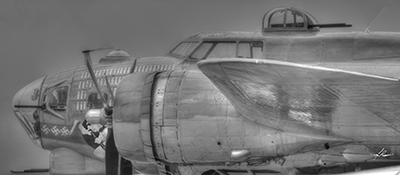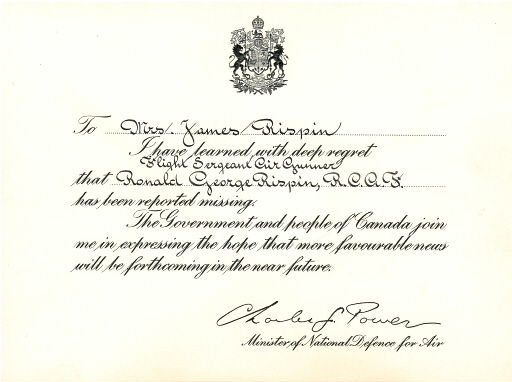Blog
Flight, Learning The Hard Way
There is a saying in aviation circles that goes like this “We all start out with a full bag of luck and an empty bag of wisdom. The trick is to fill the bag of wisdom before you run out of luck.”

So many deaths! Remembering on Remembrance Day 2021.
By Phil Rispin

The first and second World Wars were hard on my family. In World War I, my grandmother lost her father and brother. My grandfather came home with a gunshot wound and died later of septicemia. He lived long enough after his medical discharge to sire my dad and his older brother Ronnie. In World War II, Ronnie served as a tail gunner in a Wellinton Bomber and was killed. Dad lied about
One of God’s signatures beautifully spiraling through creation.

Throughout nature there is a pattern sometimes called the golden mean. Medieval monks saw them as an echo of the trinity, evidence of the hand of God. Monks called this proportion “The Divine Section”. It’s everywhere in nature and we find it beautiful. More than that, they felt, (and so do I) that it is echoing the nature of the trinity. There is “three in one” in this pattern. The shorter section is to the longer as the longer is to the whole. Patterns using this relationship are found at many scales from spiral galaxies to sea shells, the proportions of the human body and the spiral in the double helix of the DNA molecule.
© 2021 Karen & Phil Rispin | Site Credits